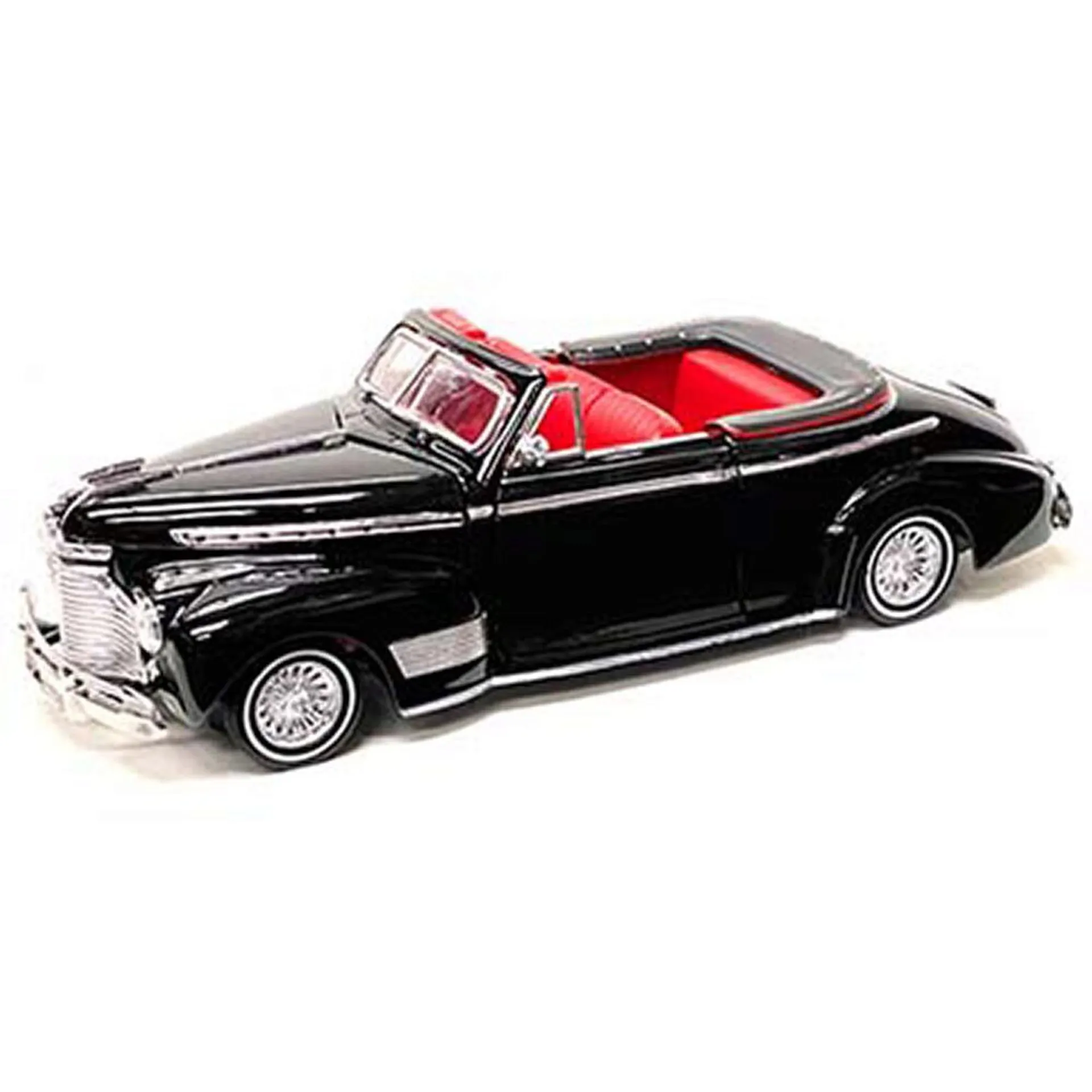What are Diecast Cars
Diecast cars are miniature models of automobiles that are manufactured using a die-casting process. This involves injecting molten metal, usually zinc alloy, into molds to create highly detailed replicas of real-world vehicles. These toy cars have captivated collectors and enthusiasts for decades, offering a tangible connection to automotive history and design. The appeal of diecast cars lies in their intricate detail, the variety of models available, and the nostalgia they evoke. They are not just toys; they are miniature works of art, representing the evolution of the automobile through meticulously crafted models. They bridge the gap between childhood playthings and serious investment collectibles.
The Allure of Diecast Cars
The allure of diecast collectible toy cars stems from a blend of factors that appeal to both casual hobbyists and serious collectors. One key element is the nostalgia factor; many collectors are drawn to models of cars they admired in their youth or always dreamed of owning. The level of detail in diecast cars is another major draw. Modern manufacturing techniques allow for incredibly accurate representations of vehicles, down to the smallest features like interior trim, engine components, and even the tire treads. The variety is also a significant factor; diecast cars are available in a vast array of makes, models, and scales, from classic cars and modern sports cars to trucks, buses, and emergency vehicles. This diversity ensures there’s something to appeal to every collector’s taste. Moreover, they are a relatively accessible hobby, with models available at various price points.
Materials and Manufacturing Process of Diecast Cars
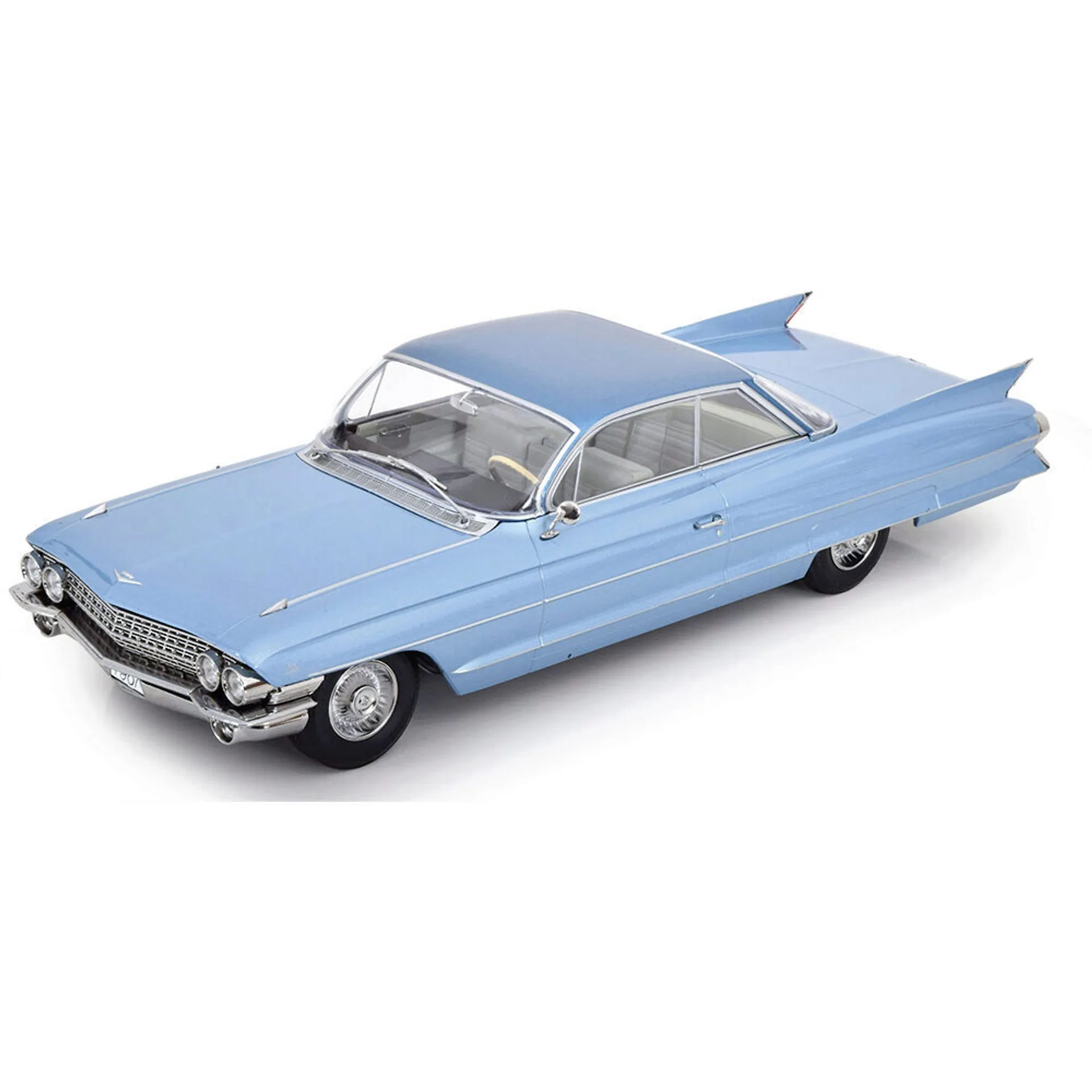
The creation of diecast cars is a fascinating process that combines precision engineering with artistic craftsmanship. The primary material used in diecast car manufacturing is a zinc alloy, often referred to as Zamak, which offers the ideal combination of strength, flexibility, and the ability to capture fine details. The die-casting process itself involves injecting this molten alloy into a steel mold, known as a die, under high pressure. This allows the molten metal to fill every crevice of the mold, creating incredibly detailed parts. After the metal cools and solidifies, the parts are ejected from the mold. The parts then undergo several finishing processes, including trimming, polishing, and painting. The intricate paint jobs often include multiple colors, decals, and even weathering effects to enhance the realism of the model. Wheels, tires, interior components, and other details are then added, and finally, the completed diecast car is ready for display or sale. (Image diecast-car-manufacturing.webp)
History of Diecast Cars
The history of diecast cars dates back to the early 20th century, with the earliest models appearing in the 1900s. Initially, these were simple toys, but over time, they evolved into highly detailed replicas. Dinky Toys, produced by British company Meccano Ltd., was a pioneer in the field, introducing a range of diecast vehicles in the 1930s that set a new standard for realism and detail. After World War II, the popularity of diecast cars soared, with various companies entering the market, including Corgi Toys and Matchbox. The focus shifted towards more accurate representations of real-world vehicles. The introduction of plastic components and more sophisticated manufacturing techniques further enhanced the detail and realism of these miniature cars. Today, the diecast car industry is a global phenomenon, with collectors spanning across ages and continents, reflecting a rich history and a continued evolution of the craft.
The Evolution of Diecast Cars
The evolution of diecast cars is a testament to the advancements in manufacturing and the enduring appeal of miniature models. Early diecast cars were relatively simple, with basic designs and limited detail. However, as technology improved, so did the realism and complexity of these models. The introduction of die-casting allowed for greater precision and the ability to create intricate details, such as engine components and interior features. The use of different materials, including plastic for interior parts and rubber for tires, further enhanced the realism. The paint applications also became more sophisticated, with multiple colors, decals, and weathering effects becoming common. Today’s diecast cars are marvels of miniaturization, often featuring opening doors, functional steering, and incredibly accurate representations of real-world vehicles. The evolution continues, with manufacturers constantly striving to push the boundaries of detail and realism, reflecting the dynamic landscape of the automotive world.
Top 5 Collectible Diecast Treasures
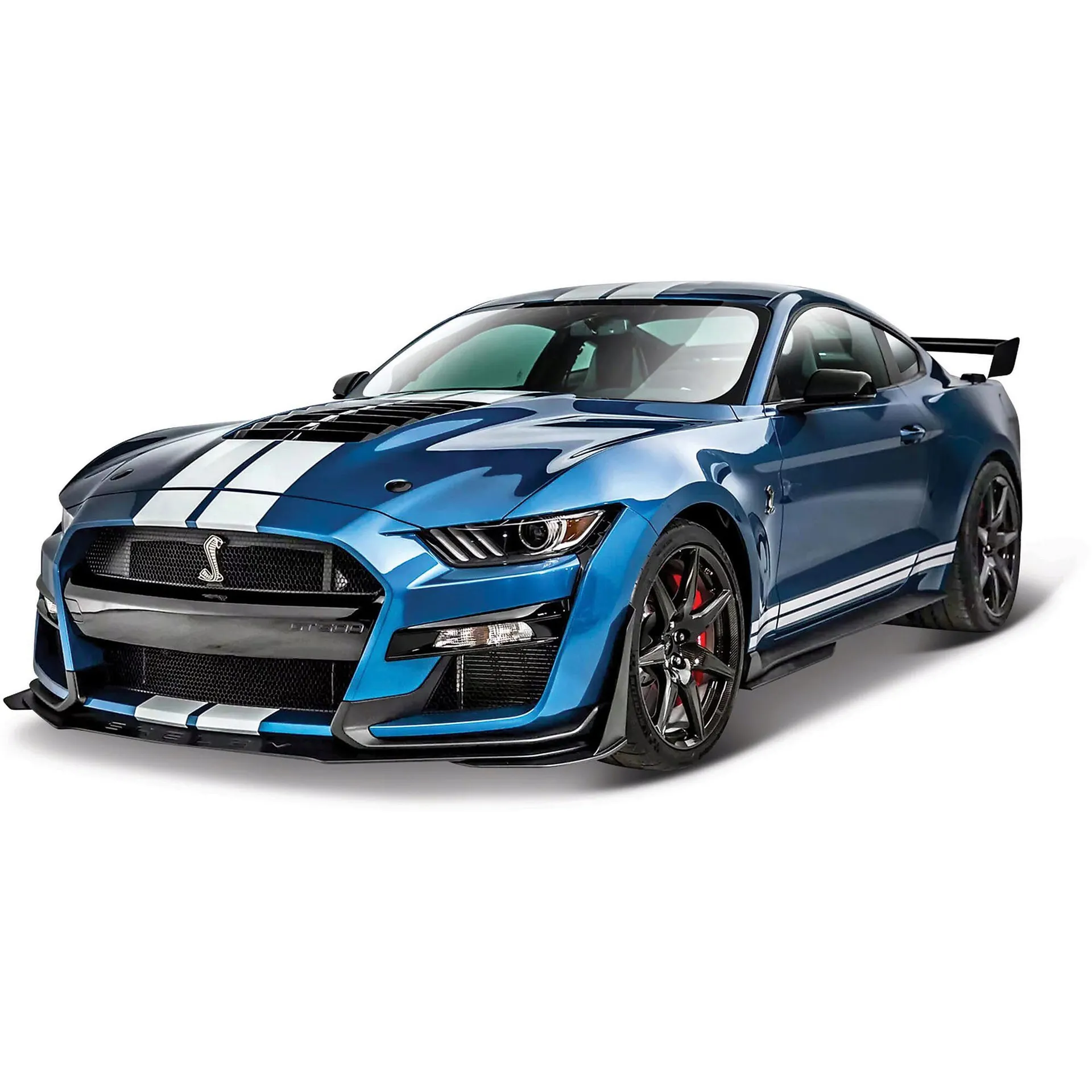
Identifying the top collectible diecast treasures is subjective and varies based on individual preferences, but some models consistently rank high among collectors due to their historical significance, rarity, and desirability. The following are just a few examples of the most sought-after and valuable diecast car models in the collecting world.
1960s Ferrari 250 GTO
The Ferrari 250 GTO is an iconic sports car, and its diecast replicas are highly prized. Produced in limited numbers, these models capture the beauty and performance of the original. Collectors prize the high level of detail, accurate paint schemes, and historical significance. Depending on the manufacturer, condition, and rarity, these diecast cars can fetch significant prices. (Image ferrari-250-gto.webp)
1957 Jaguar XKSS
The Jaguar XKSS is another highly desirable model. This road-going version of the D-Type race car has a unique history and a distinctive appearance, making its diecast replicas highly sought-after. The craftsmanship and attention to detail in these models reflect the elegance of the original car. Rarity and the quality of the model contribute to its value. (Image jaguar-xkss.webp)
1938 Bugatti 57SC Atlantic
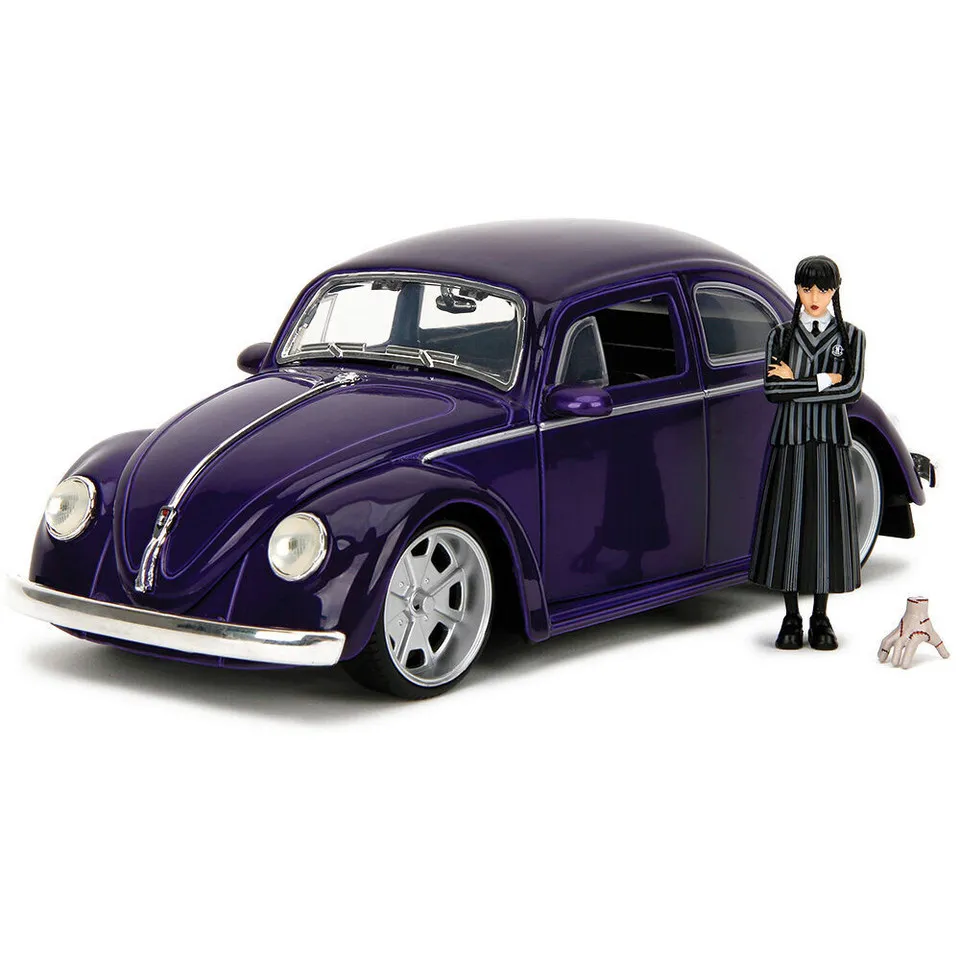
The Bugatti 57SC Atlantic is a legend in the automotive world. Its distinctive riveted design and flowing lines make it instantly recognizable. Diecast models of this car are exceedingly rare and command high prices. The accuracy of the model, the quality of materials, and the historical significance all contribute to its value. (Image bugatti-57sc.webp)
1962 Aston Martin DB4 GT Zagato
The Aston Martin DB4 GT Zagato is a masterpiece of design. Its sleek lines and performance made it a favorite among collectors. Diecast versions of this car are coveted for their detail and elegance. Limited production runs and meticulous craftsmanship are key factors in their high value and appeal. (Image aston-martin-db4.webp)
1961 E-Type Jaguar
The E-Type Jaguar is a timeless classic, and its diecast models are very popular among collectors. The E-Type’s iconic design and historical significance ensure strong demand. Different manufacturers and variations in color and detailing can affect the value. These models provide a tangible link to automotive history and design. (Image jaguar-e-type.webp)
Factors That Influence Value
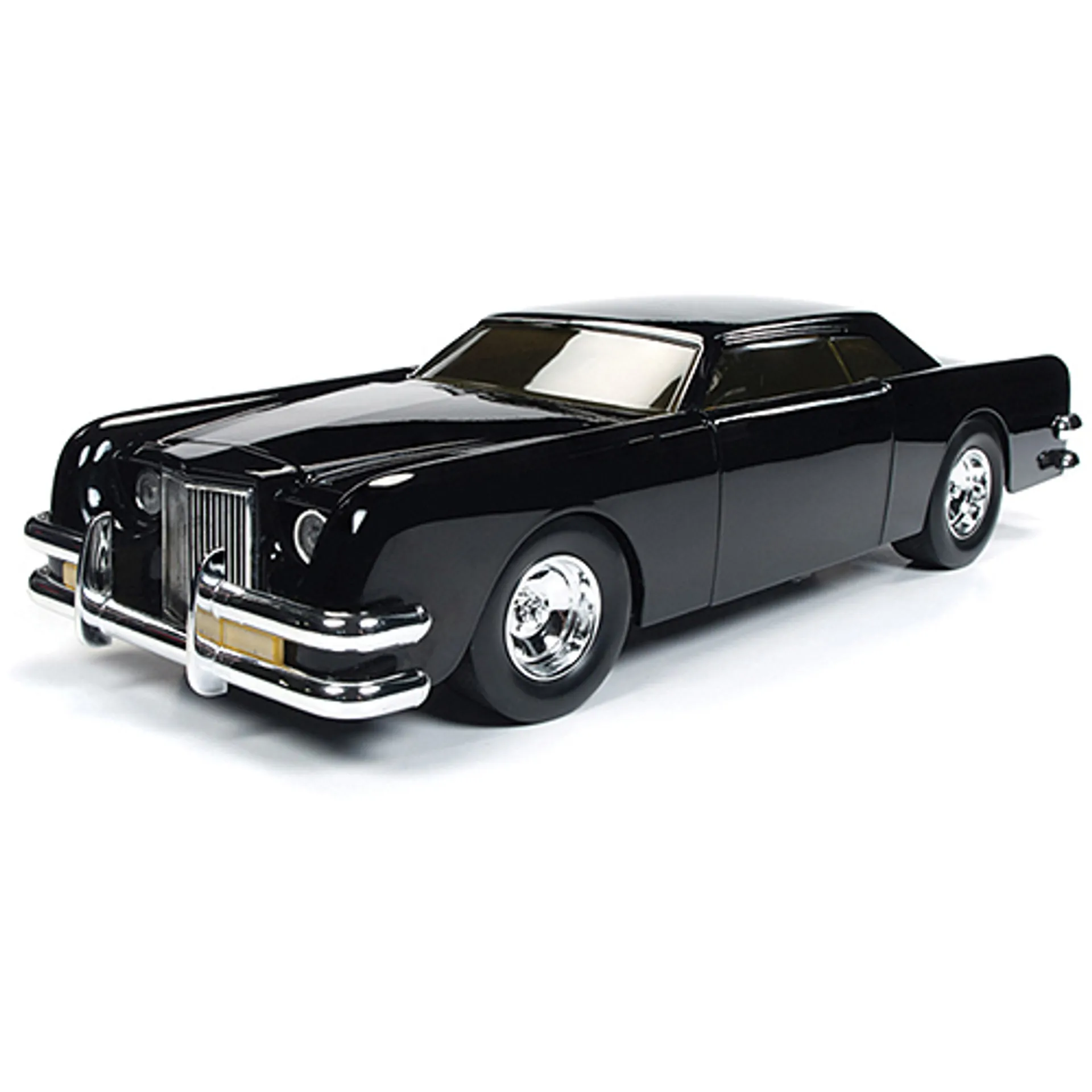
Several factors can significantly influence the value of a diecast car. Understanding these elements is crucial for both collectors looking to buy and those hoping to sell. Rarity, condition, and manufacturer are key. Additionally, specific details such as limited edition status and the presence of original packaging can all influence the value. The brand reputation and the model’s historical significance also play a role.
Rarity and Limited Editions
Rarity is one of the most significant factors affecting the value of a diecast car. Limited-edition models, produced in small numbers, are often highly prized by collectors. These models may feature unique paint schemes, special details, or exclusive packaging. The fewer models produced, the more valuable they generally become. Limited editions create a sense of exclusivity, driving up demand and, consequently, the price. They are seen as both collectibles and potential investments.
Condition and Restoration
The condition of a diecast car is critical in determining its value. Models in pristine, original condition, are always worth more than those with damage or wear. Collectors seek models that are free from scratches, dents, and paint imperfections. Restoration can improve a model’s value, but only if done professionally and with original parts. Models with their original boxes and paperwork are also more valuable, as they help to preserve the model’s history and authenticity.
Brand and Manufacturer
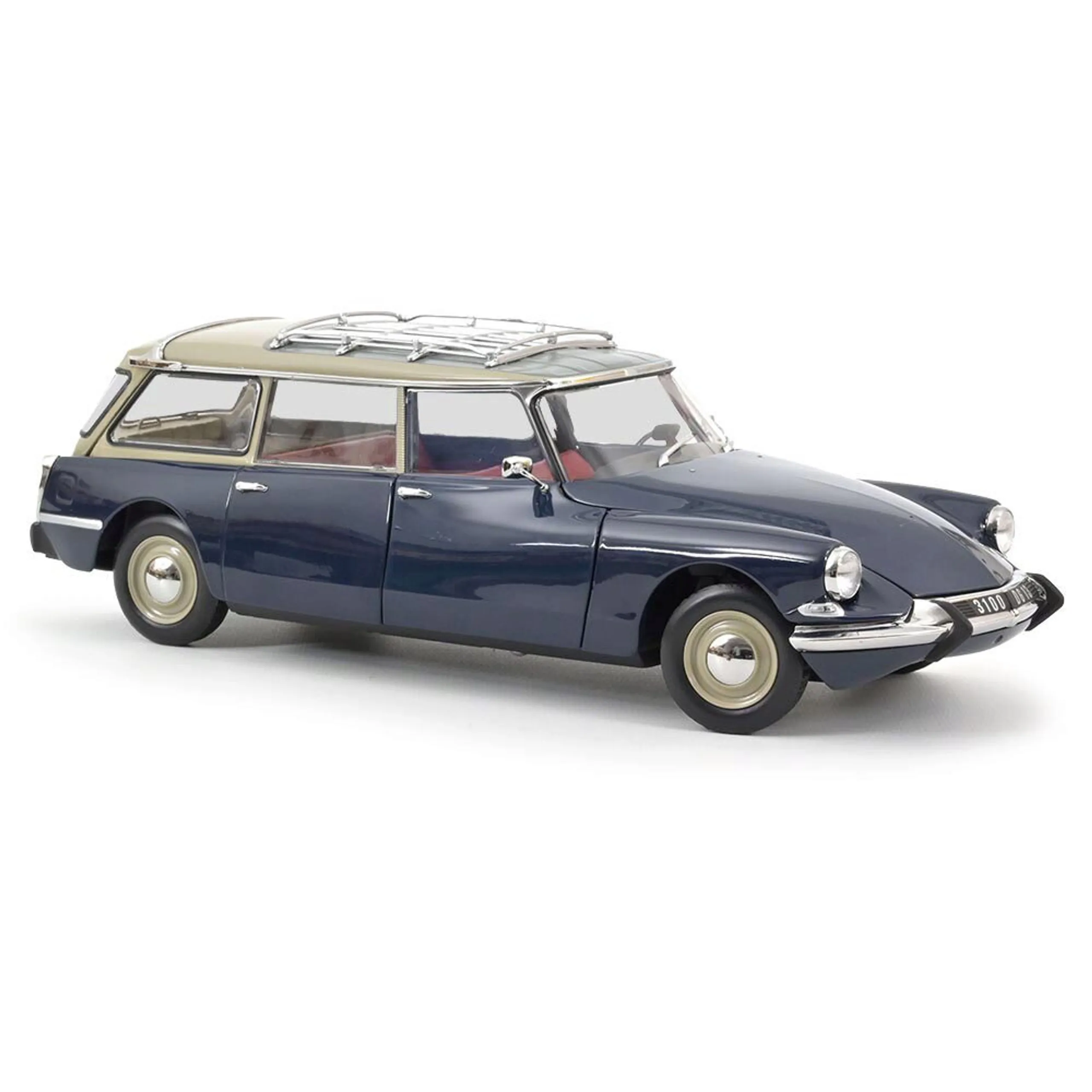
Certain brands and manufacturers are more highly regarded in the diecast car world, such as CMC, AUTOart, and Minichamps. These brands are known for producing high-quality models with exceptional detail. The reputation of a manufacturer for accuracy and craftsmanship often translates into higher value for their models. Some brands focus on specific scales or car types, developing loyal customer bases. The brand’s history, reputation, and the quality of their models influence the collectibility and market value of diecast cars.
Collecting and Displaying Diecast Cars
Collecting diecast cars is more than just acquiring models. It’s about curating a collection that reflects personal interests and passions. There are many strategies collectors use, from focusing on specific makes and models to collecting by scale or era. Displaying the collection is another essential aspect of the hobby, as it allows collectors to showcase their prized possessions and enjoy the beauty of these miniature masterpieces. Proper display and care can help preserve the value and ensure the longevity of a diecast car collection. (Image diecast-display-case.webp)
Displaying Diecast Cars
Proper display is essential for showcasing and protecting your diecast car collection. There are many ways to display your models, from dedicated display cases and shelves to custom-built dioramas. Display cases with glass or acrylic covers provide the best protection against dust, UV light, and accidental damage. Shelves allow you to arrange your models in an organized manner, while dioramas can add a sense of realism and context. Consider the scale of your models when planning your display, as different scales require different amounts of space. Lighting can also enhance the appearance of your collection. Proper lighting highlights the details and adds to the overall visual appeal. Regular cleaning is another important part of maintaining the display.
Caring for your collection
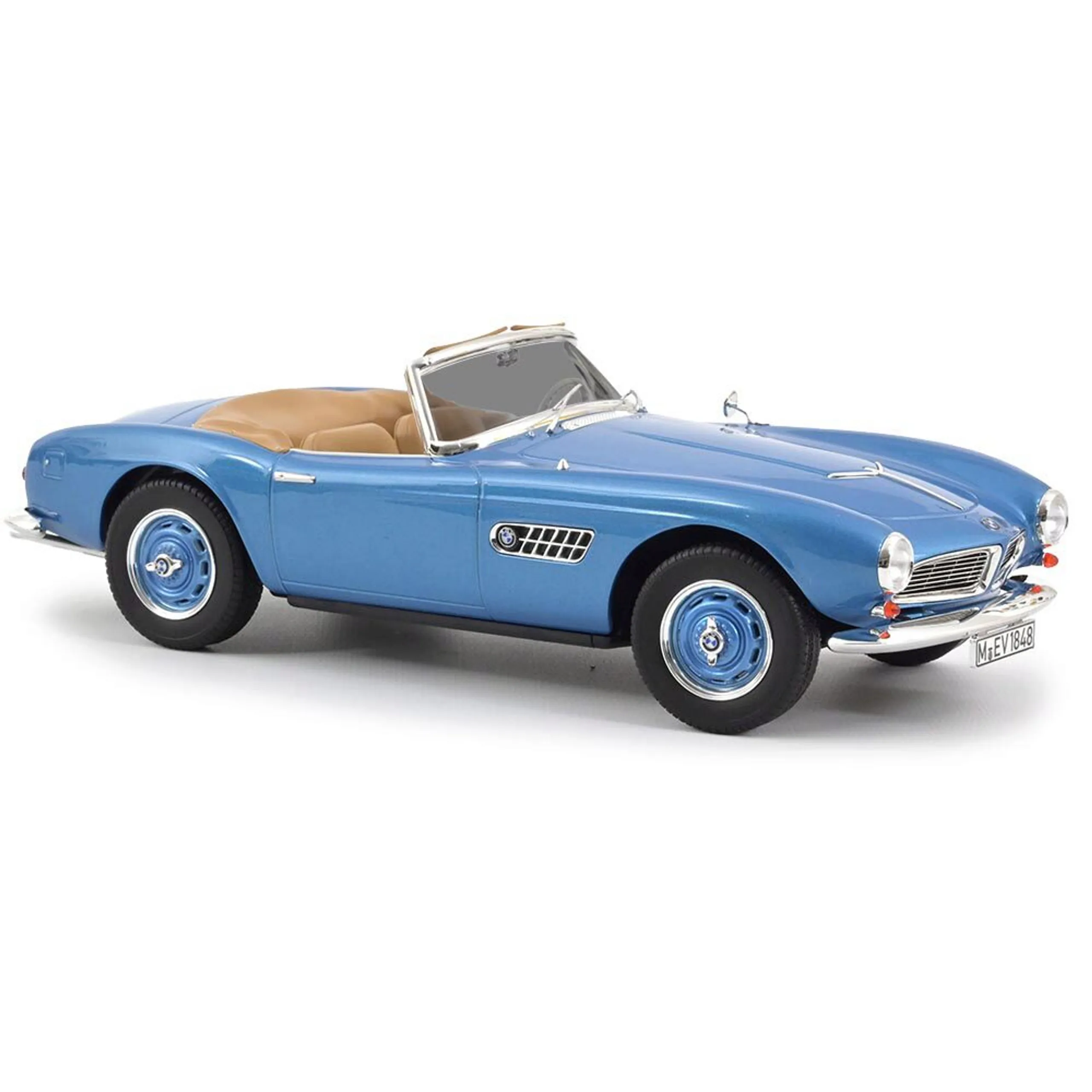
Caring for your diecast car collection involves protecting your models from damage and preserving their value. Dusting your models regularly with a soft brush or cloth is essential to prevent dust buildup. Avoid direct sunlight and extreme temperatures, as these can damage the paint and materials. Store your models in a dry, climate-controlled environment. When handling your models, avoid touching the paint surfaces. Instead, handle them by their chassis or tires. If you’re planning to store your models for an extended period, consider using acid-free tissue paper to protect them. Always handle your diecast cars with care, and enjoy them as the miniature works of art that they are.
